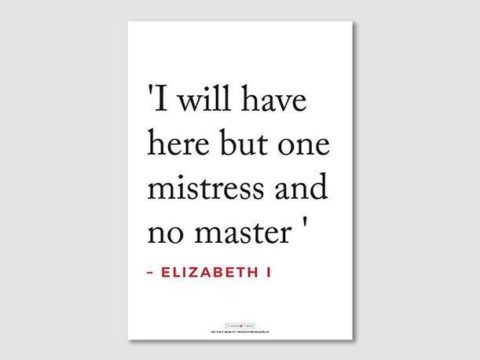Edward Seymour: Life Story
Chapter 10 : Scotland
Somerset considered the war in Scotland to be unfinished business. When he assumed the protectorship in February 1547, he still hoped to force a union between the two countries through the marriage of Edward and Mary, Queen of Scots. He was also disappointed that the Treaty of Camp, which was supposed to bring about peace with France was in jeopardy, as Henri II, succeeding to the French throne in March 1547, had refused to sign it. Henri’s close relationship with the dowager—queen of Scotland, Marie of Guise, made him more likely to take an active role in supporting the Scottish government, whereas his father, François, had done no more than talk.
Consequently, Somerset was eager to either subjugate Scotland completely – an impractical desire – or persuade enough the Scots of the benefits of an alliance with England for them to turn the tide in favour of an English, rather than a Scottish alliance. He planned a two-pronged approach – first, to capture and garrison Border towns, rather than merely destroying them, and second, to play upon the religious sentiment of the growing number of Protestant Scottish nobles – the core of whom were the ‘assured lords’ who had sworn allegiance to Henry VIII after the Battle of Solway Moss. English gold began to flow across the Border into their willing pockets.
Border raiding was a matter of course, so could only be used as a justification for breaking the Treaty of Camp if the depredations could be shown to be serious. The Wardens were asked to send regular reports, exaggerating Scottish misdemeanours where possible. He then decided to offer a last chance for a ratification of the Treaty of Greenwich, refused by the Scots Parliament in 1543, by sending the Bishop of Durham and Sir Robert Bowes to meet Scottish commissioners. The Scots did not dignify the request with any official notice, and did not send commissioners.
The first blood of the war was drawn when French troops seized the Castle of St Andrews which the supporters of the English party in Scotland were holding. More here. The French carried away the besiegers, including the preacher, John Knox, in prison-galleys.
Somerset, appointed as Lieutenant-General for both land and naval forces, set out, leading a force which may have consisted of as many as 18,000 troops. He had caused a proclamation to be published in Scotland, by getting sympathisers to nail copies to the castle gates at Stirling, and at churches across the south of the country. He declared that he was advancing at the head of an English army
….as a friend only to chastise rebels and to bring about the marriage, to unite both realms under the name of Britons, to preserve the laws of Scotland and abolish the jurisdiction of the bishop of Rome.
Somerset rendezvoused with Warwick and Lord Admiral Clinton at Berwick, before the admiral took the navy north into the Firth of Forth. The progress of the army was slow – some ten miles per day. They captured and garrisoned castles as they went, and destroyed the surrounding towns. The Scots offered only minimal resistance, until 9th September, when the Earl of Arran sent a large proportion of his cavalry against the invaders. This was a mistake – the cavalry was badly mauled, and many Scots lives were lost. The following day, the remainder of the Scots army was devastated at the Battle of Pinkie Cleugh.
Somerset followed up his victory by marching on Leith, to meet the English navy. He did not waste time on trying to capture the impregnable Edinburgh Castle, but took various other castles, usually because the inmates had little choice but surrender, and installed garrisons. Somerset departed Leith on 18th September, to march south, after ordering the town and its shipping burnt. The duke was back in London by 8th October. Although it was a campaign of great brutality, and Somerset can justly be described as an exceptionally talented general, it failed in its political purpose. The Scots were so sickened by the depredations of the English, that they turned even more firmly towards France, and smuggled the little queen out of the country, to marry the French dauphin.
Similarly, although Somerset had had great faith in his plan to garrison castles to control Scottish territory, there were neither the men, the money, nor the provisions available for the sustained period of control required.



